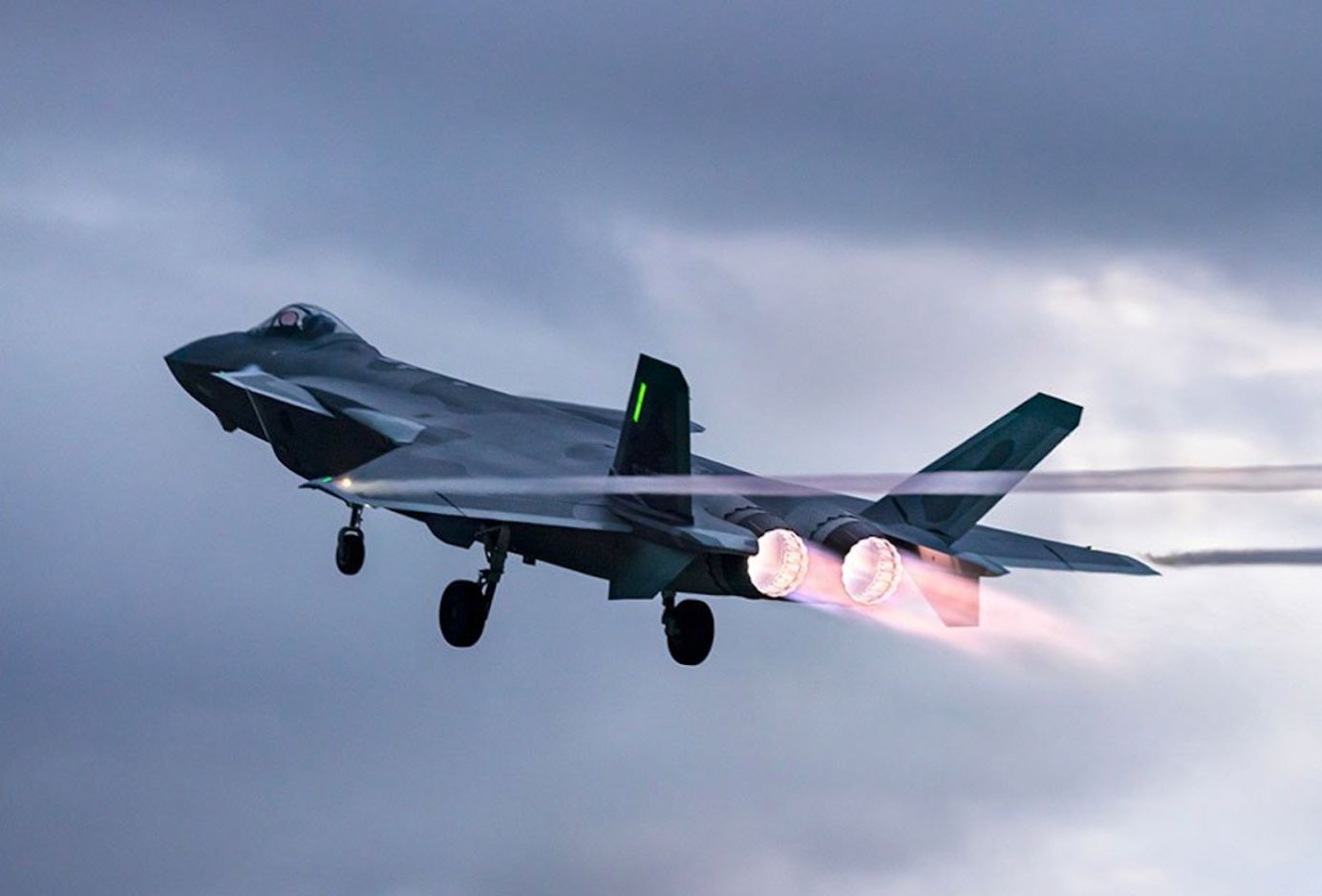In yet another set of tall claims, Chinese scientists are now claiming to have developed a plasma-based device that can provide any aircraft stealth capability after it is coated on the outer airframe of the plane.
It claims to exploit the plasma state’s characteristic of disrupting electromagnetic waves, or in this case, radar emissions.
The peer-reviewed discovery was revealed in a paper published in the Chinese Journal of Radio Science by a team led by Tang Chang from the Plasma Technology Center of the Xian Aerospace Propulsion Institute.
This suggests the invention’s high probability of being adopted for military use, given the fact that XAPI comes under the China Aerospace Science and Technology Corporation (CASC), the main contractor for the Chinese space program.
The “low-temperature plasma” device can be installed to protect a specific part of the aircraft, vulnerable to radar detection. Depending on its type, the plane can either be completely invisible to radar or, at the least, become too difficult to track or identify.
Interestingly, plasma shields have vexed scientists in areas like hypersonic flight. The immensely hot ‘ionized gas’ forming on hypersonic weapons due to the extreme heat and friction while reentering the earth’s atmosphere has been known to cause ‘communication blackouts.’
While China claims to have found solutions to hypersonic communication too, in this case, it seems to have simply exploited the phenomenon that causes the technical hurdles. The scientists appear to have seen that if plasma shields can stop radio communication waves from reaching an aircraft, it can also have the same effect on radar waves.
Plasma Shield Devices to Make All Aircrafts Stealth
According to a report in the South China Morning Post (SCMP), the device is an improvement from its predecessors, which generate a cloud of plasma draped over a plane. This innovation can be “tailored to fit a sensitive section of a military aircraft – radar dome or the cockpit prone to enemy radar detection.”
This “closed electron beam plasma stealth device,” which focuses on protecting key areas instead of the entire aircraft, can be switched on at a moment’s notice to fool radar operators. It has a “simple structure, wide power adjustable range, and high plasma density,” the paper said.
This could “soon find its way onto various military aircraft.” The team specifically observed the impact of plasma on electromagnetic waves. The particles “move rapidly and collide, dissipating the waves’ energy and reducing the strength of the reflected signal.”
“Even a conventional (non-stealth) fighter jet can significantly reduce its radar signature with this plasma stealth device – potentially game-changing in aerial combat,” the report added.
During the Cold War, the US and the former USSR “poured resources into its research and development (for plasma).” But “technological constraints” caused it to remain in the “laboratory phase.”
Today’s stealth aircraft, like the F-22 and F-35, rely on radar-absorbent coatings and distinctive geometric designs for stealth that significantly increase maintenance and lifecycle costs.
China started late in plasma research. But, it leapfrogged ahead owing to its emergence as a global electronics, computer hardware, and telecommunications-device manufacturing and exporting hub. This was after the late Chinese premier Deng Xiaoping’s landmark reforms in the 1970s to gradually open up China’s economy for private investment and integrate it with the prevailing Western and US-led trade and financial system.
The plasma can “cause enemy radar to detect incorrect data for aircraft position and speed” and serve as an “invisible shield against high-power microwave weapons.”

Two Plasma Devices
Tang’s team has tested two types of plasma devices. One coats the aircraft’s “radar-prone areas with a radioactive isotope, which emits high-energy rays that ionize the surrounding air.” This creates a thick and dense plasma layer to cover the surface and scatter radar signals.
The other device uses high-frequency, high-voltage electricity to activate and ionize the gas medium outside the aircraft, creating a patch of plasma shield. Both systems have “undergone flight tests and proven successful.”
Chinese scientists have even extended this technology to intercontinental ballistic missiles. “Using an alkali metal jet plasma generator to form a plasma cloud” lends stealth to ICBMs or satellites.
Drawbacks
Its drawbacks include difficulty shrouding the aircraft part in an open environment and maintaining a high density. Gaps in the plasma can allow electromagnetic waves to reflect, revealing the aircraft’s position.
Out-of-laboratory field tests and acknowledgment of the shortcomings reveal that the researchers do not have an over-ambitious vision for the system’s future.
Moreover, it would also be a monumental task to mass manufacture the plasma devices and retrofit them on the diverse inventory of Chinese aircraft like the J-10C, Su-30MKK, J-11, or J-16. However, adding the ‘stealth cover’ on some fighters in small numbers is very much achievable.
Additionally, the system’s power requirements remain unknown. Assuming it is in the higher range, the aircraft’s existing electronics and avionics might not function optimally.
- The author can be reached at satamp@gmail.com
- Follow EurAsian Times on Google News




